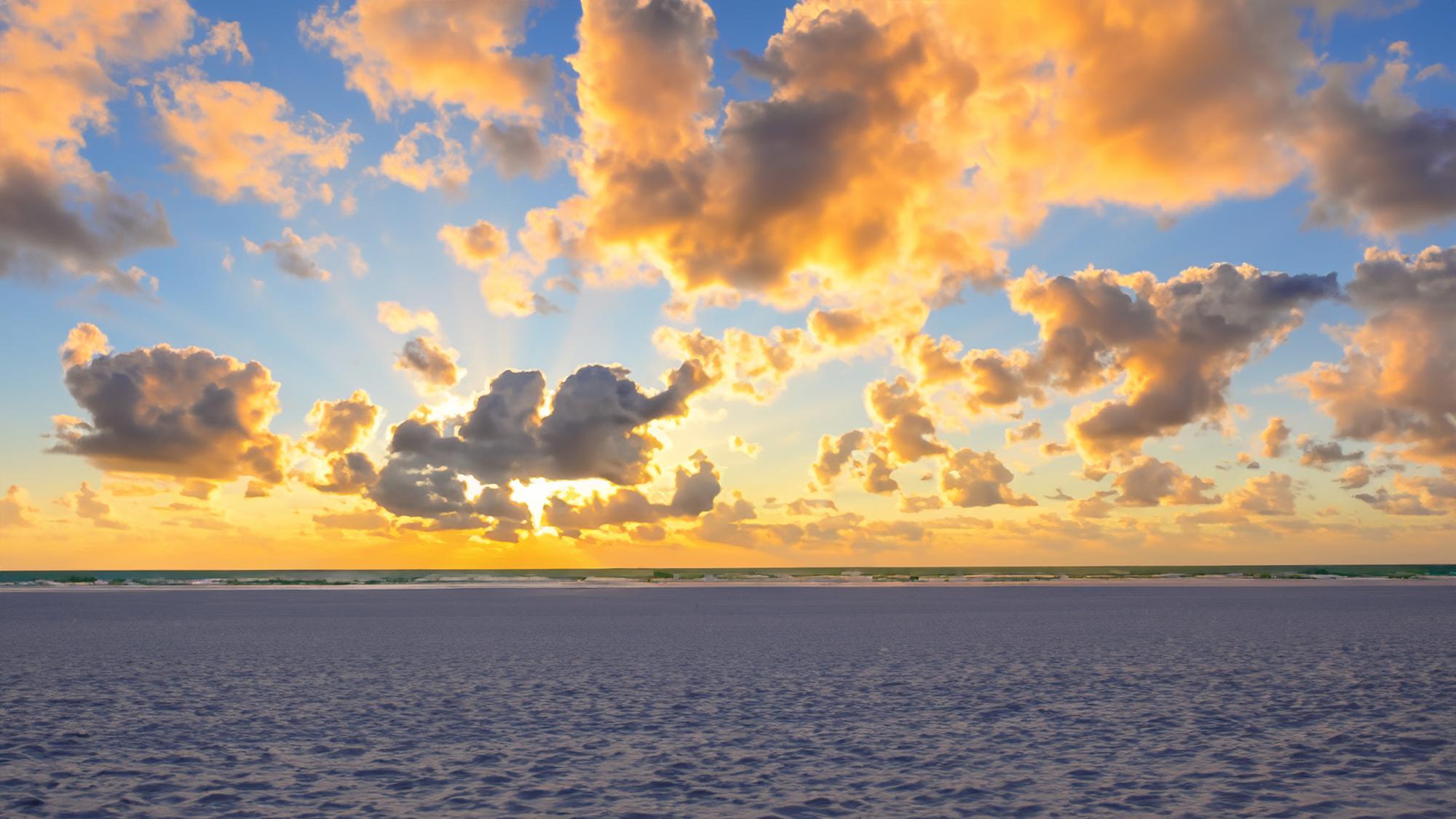While April 20th, or 4/20, stands as the most renowned celebration in cannabis culture, several other holidays significantly impact cannabis sales worldwide. These occasions, both traditional and cannabis-specific, offer substantial opportunities for the industry, encompassing both medicinal and recreational markets. This article delves into these key holidays, highlighting their influence on sales, supported by recorded data.
Green Wednesday
Timing: The day before Thanksgiving in the United States.
Sales Impact: Green Wednesday has emerged as a major cannabis shopping day. In 2023, sales on Green Wednesday were 90.5% higher than the previous three Wednesdays, marking an 18.1% increase over Green Wednesday 2022. The top-selling categories during this period included flower, vapes, edibles, and pre-rolls.
Learn More About Green Wednesday
Consumer Behavior: Shoppers tend to stock up before traveling for the long holiday weekend, making Green Wednesday an essential part of their purchasing habits.
Black Friday and Thanksgiving Weekend
Timing: The Friday following Thanksgiving and the subsequent weekend.
Sales Impact: The entire Thanksgiving week, including Black Friday, has become a booming period for cannabis retail sales across the country. In 2023, Thanksgiving week pulled in $355.8 million in total marijuana sales, with pre-roll sales reaching record-breaking numbers.
Consumer Behavior: Retailers often provide deep discounts and special promotions during this period, attracting both regular consumers and newcomers seeking holiday deals.
7/10 (Oil Day)
Timing: July 10th annually.
Significance: 7/10, when flipped upside down, spells “OIL,” celebrating cannabis concentrates and oils.
Sales Impact: 7/10 has become the fourth-highest sales day of the year for cannabis operators, trailing only behind 4/20, 4/19, and the day before Thanksgiving (Green Wednesday). In 2024, there was a 10-15% increase in total Gross Merchandise Value (GMV) and orders for concentrates leading up to the holiday.
Consumer Behavior: Enthusiasts focus on purchasing various forms of cannabis concentrates, with non-distillate products like live resin and rosin gaining popularity.
Christmas and New Year’s Eve
Timing: December 25th and December 31st.
Sales Impact: The holiday season sees a notable uptick in cannabis sales. Data indicates that during Christmas, dispensary sales increase substantially, with products like cartridges, beverages, and edibles becoming more popular as substitutes for traditional flower.
Consumer Behavior: Consumers often seek cannabis-infused products as unique gifts or for personal relaxation during the festive season. The trend towards more discreet consumption methods, such as edibles and beverages, becomes pronounced during this time.
Valentine’s Day
Timing: February 14th.
Sales Impact: While not as significant as other holidays, Valentine’s Day presents a unique opportunity for cannabis retailers. Special promotions on products like infused chocolates, sensual oils, and couples’ packages can lead to a modest increase in sales.
Consumer Behavior: Couples and individuals look for unique experiences, making cannabis-infused products an appealing alternative to traditional gifts.
Learn More about the 2024 Year here
Global Perspectives
While the aforementioned holidays primarily influence the U.S. market, global cannabis sales also experience fluctuations during regional festivities:
- Canada: Canada Day (July 1st) sees increased cannabis sales as citizens celebrate national pride.
- Australia: Australia Day (January 26th) has begun to reflect a rise in cannabis consumption, aligning with the country’s evolving stance on cannabis use.
- Europe: While European countries have varying legal statuses regarding cannabis, events like Amsterdam’s Cannabis Cup in November draw significant attention and sales within regions where cannabis is tolerated.
Learn About More Countries Here
Understanding The Patterns
Beyond the well-known 4/20 celebration, several holidays throughout the year contribute to spikes in cannabis sales, each influenced by cultural, social, and regional factors. Understanding these patterns allows retailers and producers to strategize effectively, ensuring they meet consumer demand and capitalize on these peak periods. As the global acceptance of cannabis continues to grow, these holidays offer valuable opportunities for both medicinal and recreational markets worldwide.

